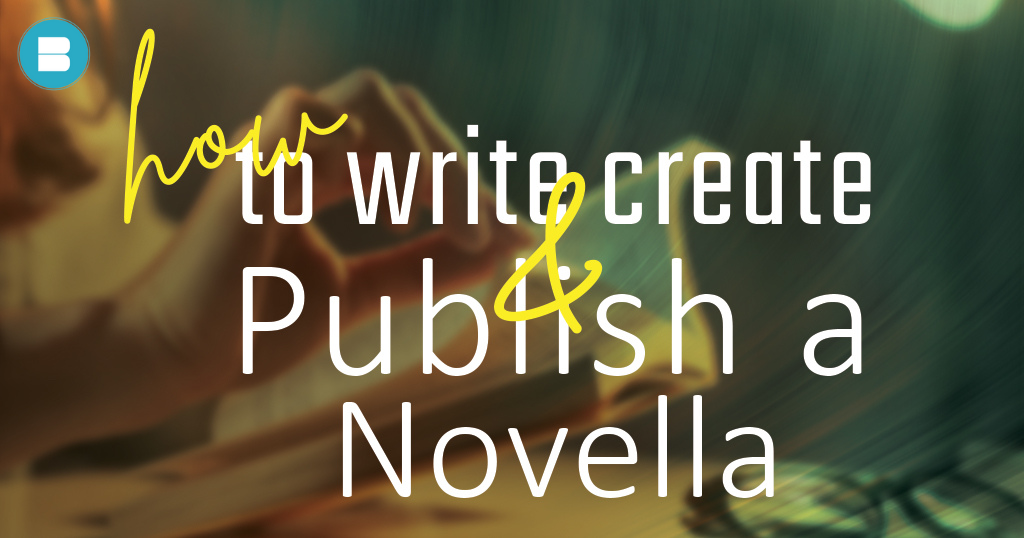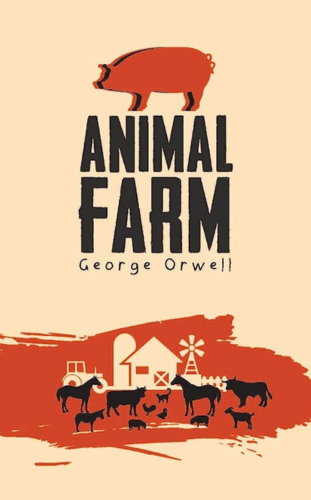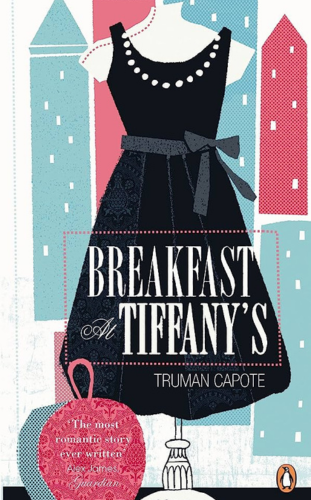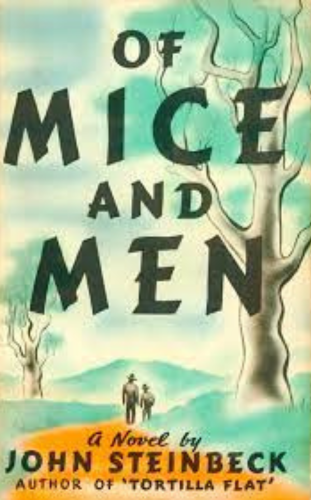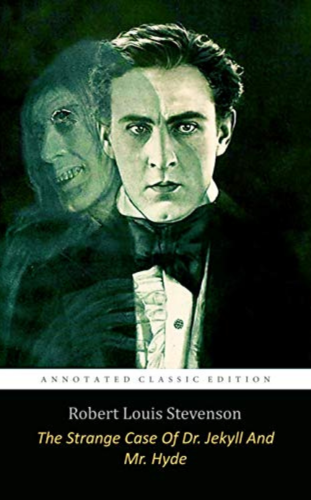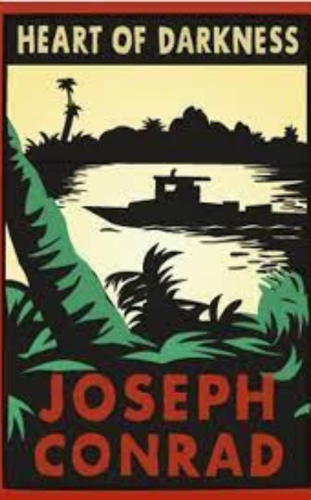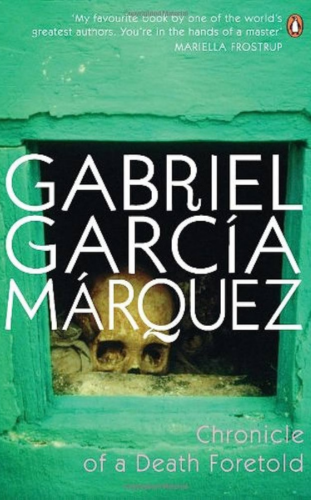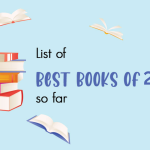A novella is a work of fiction that falls in between a short story and a full-length novel in terms of length and complexity. It is characterized by its shorter length, typically ranging from about 20,000 to 50,000 words, although there is no strict word count definition. Novellas offer authors the opportunity to explore a story with more depth and complexity than a short story but with fewer subplots and complexities than a novel.
Novellas often focus on a single narrative thread or a central theme and allow for more character development and exploration than short stories. They typically have a more focused scope and a concise, streamlined plot. Due to their shorter length, novellas can be read in one or two sittings, providing readers with a complete and immersive literary experience within a shorter timeframe.
Read: What is Contemporary Literature? Here’s a List of Latest Trends in Contemporary Literature.
Novellas have a long literary history, with notable examples including “Animal Farm” by George Orwell, “Breakfast at Tiffany’s” by Truman Capote, and “Of Mice and Men” by John Steinbeck. They continue to be a popular form of storytelling, offering authors the flexibility to experiment with narrative styles, explore specific themes, or provide a condensed yet impactful reading experience.
Novellas are often published as standalone works, but they can also be part of a collection or serve as a prequel or companion to a full-length novel. Their shorter length makes them well-suited for exploring a specific aspect of a story or diving into a character’s backstory.
To guide you through the process, here is a complete guide on how to write a novella:
- Choose a compelling concept
- Plan your plot
- Develop memorable characters
- Set the scene
- Maintain a focused narrative
- Use concise and evocative language
- Pace your story effectively
- Focus on key themes
- Edit and revise
- Polish and finalize
- Choose a compelling concept: Start by brainstorming ideas and selecting a concept that captures your interest. Focus on a central theme or conflict that can sustain a shorter narrative. For example – Exploring the concept of “identity crisis” within a futuristic dystopian society, where individuals are assigned predetermined roles and identities by a controlling government. The protagonist, a young woman, begins questioning her assigned role and rebels against the system, leading to a conflict between her desire for personal freedom and the society’s rigid structure. As she uncovers the truth behind the government’s control, she becomes a symbol of resistance, inspiring others to challenge their predetermined identities. The story delves into themes of self-discovery, individuality, and the struggle for autonomy in the face of oppressive societal norms.
- Plan your plot: A well-planned plot outlines the major events, turning points, and resolution of a novella. Major events are significant moments that drive the story forward, such as the protagonist introduction, conflicts, and key decisions. Turning points are pivotal moments that shift the direction of the narrative or protagonist’s journey, often involving unexpected revelations or choices. The resolution provides a satisfying conclusion, tying up loose ends and addressing the central conflict. Having a clear roadmap helps the writer maintain focus and pace, ensuring a coherent and engaging storyline that captivates readers from beginning to end. It allows for effective storytelling, character development, and thematic exploration within the novella’s length.
- Develop memorable characters: Developing memorable characters is crucial in driving the story forward and engaging readers. Well-rounded characters have clear motivations, conflicts, and arcs that create depth and relatability. Motivations provide reasons for their actions and choices, adding authenticity to their behavior. Conflicts generate tension and challenges that push characters to evolve and make the narrative more compelling. Character arcs allow for growth, transformation, or self-discovery throughout the story. Even in a shorter novella, investing time in creating engaging characters enhances the reader’s emotional connection, making the story more impactful and memorable. It allows readers to empathize, root for, or even despise characters, creating a rich and immersive reading experience.
- Set the scene: Setting the scene in a novella involves creating a vivid and immersive world for readers. It requires establishing the physical environment, such as the location, time period, and sensory details, as well as the emotional atmosphere. Through carefully selected descriptions, the writer aims to transport readers into the story, making them feel as if they are present in that specific setting. The details chosen should contribute to the overall mood of the novella, whether it’s a sense of mystery, nostalgia, excitement, or any other desired emotion, enhancing the reader’s experience and deepening their engagement with the narrative.
- Maintain a focused narrative: In a novella, maintaining a focused narrative is essential due to the limited word count. It requires streamlining the story and staying on track with the core plot. Unnecessary subplots or excessive background information should be avoided as they can distract readers from the main storyline and cause the narrative to lose its impact. Every element introduced should serve a purpose in advancing the central plot or developing the characters. By eliminating distractions and staying focused, the novella can deliver a more concise and impactful narrative, allowing readers to fully engage with the core story and its themes.
- Use concise and evocative language: In a novella, the brevity of the narrative calls for the effective use of concise and evocative language. Every word carries weight and should be carefully chosen to maximize its impact. Descriptive language is crucial in creating vivid imagery and evoking emotions within the reader. By using concise and precise language, the writer can convey depth and meaning without excessive exposition or unnecessary elaboration. Clarity is key, ensuring that the message and atmosphere are effectively communicated without ambiguity. The skillful selection of words in a novella allows for a powerful and resonant reading experience, capturing the essence of the story in a compact and impactful manner.
- Pace your story effectively: In a novella, pacing plays a crucial role in engaging readers and maintaining their interest throughout the story. With a limited word count, it’s essential to balance moments of tension and action with quieter, introspective scenes. This creates a rhythm that keeps the story flowing smoothly. Tension and action propel the plot forward, while introspective scenes provide depth and character development. Effective pacing ensures that readers are captivated from the beginning and remain engaged until the end. By carefully structuring the timing and intensity of events, a well-paced novella creates a satisfying reading experience that holds the reader’s attention and leaves a lasting impression.
- Focus on key themes: In a novella, the limited space requires a focused exploration of key themes to create a profound impact on readers. By carefully selecting a few central themes or ideas, you can delve deeply into them, providing thought-provoking insights and adding richness to your story. Whether it’s themes of love, loss, identity, power, or resilience, exploring them in a meaningful way allows readers to connect with the characters and their journeys on a profound level. Through evocative storytelling and nuanced exploration of these themes, you can create a narrative that resonates with readers, leaving a lasting impression and igniting contemplation long after they’ve finished reading.
- Edit and revise: Once you complete the first draft, revise and edit your novella. Pay attention to plot inconsistencies, character development, pacing, and language. Trim unnecessary passages and refine your prose. Seek feedback from beta readers or consider hiring a professional editor to provide an objective perspective.
- Polish and finalize: After incorporating feedback and making necessary revisions, polish your novella until it shines. Pay attention to grammar, spelling, and formatting. Ensure your novella is ready for publication or submission to literary magazines or contests.
While writing a novella can be easier than writing a novel, it has its own fair share of complications. Here we have provided some best novellas of all time for you to take experience from –
There are numerous exceptional novellas that have made a significant impact in the literary world. Here are some examples of highly regarded novellas:
- “Animal Farm” by George Orwell
- “Breakfast at Tiffany’s” by Truman Capote
- “Of Mice and Men” by John Steinbeck
- “The Metamorphosis” by Franz Kafka
- “The Strange Case of Dr. Jekyll and Mr. Hyde” by Robert Louis Stevenson
- “Heart of Darkness” by Joseph Conrad
- “Chronicle of a Death Foretold” by Gabriel García Márquez
This allegorical novella depicts a group of farm animals who overthrow their human farmer and establish their own society. Through the use of animal characters, Orwell satirically explores themes of power, corruption, and totalitarianism.
This novella tells the story of a young writer who becomes infatuated with his eccentric neighbor, Holly Golightly, in New York City. It explores themes of love, identity, and the desire for freedom.
Set during the Great Depression, this novella follows two displaced ranch workers, George and Lennie, as they navigate their dreams, struggles, and the challenges of a harsh world. Steinbeck’s work delves into themes of friendship, loneliness, and the pursuit of the American Dream.
This surreal and influential novella tells the story of Gregor Samsa, who wakes up one morning to find himself transformed into a giant insect. Kafka’s work explores themes of alienation, identity, and the human condition.
This classic novella delves into the dual nature of humanity through the character of Dr. Jekyll, who develops a potion that transforms him into the sinister Mr. Hyde. It explores themes of morality, duality, and the consequences of suppressing one’s dark side.
This intense and introspective novella follows the journey of Charles Marlow as he travels into the heart of Africa and confronts the darkness within himself and in humanity. It explores themes of imperialism, racism, and the human capacity for evil.
This novella revolves around the murder of Santiago Nasar, exploring themes of honor, guilt, and the complexities of small-town life. Márquez weaves a captivating narrative through the lens of multiple perspectives and nonlinear storytelling.
Remember, writing a novella is an art form that requires dedication, practice, and a willingness to experiment. Allow your creativity to flourish and trust in your storytelling abilities. With perseverance and passion, you can create a captivating and memorable novella that leaves a lasting impression on your readers.
So, go forth and let your imagination soar as you embark on the thrilling adventure of writing your very own novella!
Publish your book with BlueRoseONE and become a bestselling author. Don’t let your dream of becoming an author fade away, grab the opportunity now and publish your book – be it fiction, non fiction, poetry or more.
Happy writing!

